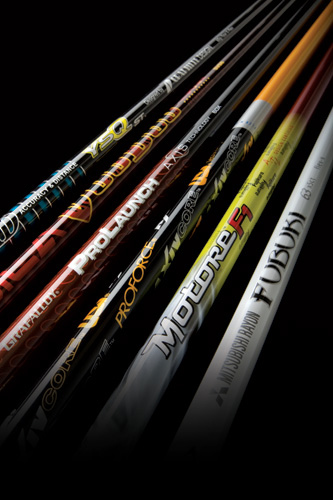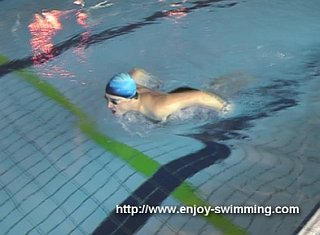How To Play And Land Your Fish (part Four - Light Tackle)
A big point to remember about ultra-light spinnning tackle, or indeed the use of standard spinning gear on large fish, is that the stretch in the monofilament line and the mechanism of the reel, work in harmony to give the utmost in satisfaction and safety with the fish. But any tackle, and this includes the biggest big game hoists, has it's limits. As you go lighter with your tackle, your margin of error must also tighten up.
These points will help you to hold onto the fish that you have on the hook. Set your drag light before the fish strikes, especially when using a lure that is moving. Remember that the hit to a moving lure will exert twice as much pressure as it would if the lure had been stationary. When using a bobber or a bubble however, use a tighter drag, as they will help absorb the first hit of a "biggie", and a strong setting pull back on the rod is generally required to sink the hook.
After the first run, release the drag a bit. When you get the feel of the fish, or get to see it and determine its size, you can then decide on the drag setting. Be flexible, and don't forget to ease up on the drag as the fish gets close to the boat or shore. In fighting your fish, control his run by pressing your forefinger against the lip of the spool. Doing this will prevent him from turning. By relaxing the pressure slightly, you can permit him to turn as slowly as you like.
This allows you to recover line on the pump-up, and to give the fish line if he should suddenly require it. Your finger is actually a more sensitive, and reliable brake than any mechanical device yet invented, and is totally natural and instinctive. If you use it as such, you can set your brake as lightly as you wish, giving yourself a greater margin of safety against sudden heavy strikes, or unexpected snags, that would break your line with a hard set mechanical drag.
Most fly anglers can hold small trout in check by using the single hand hold, but when a hard running fish takes the lure, especially salt water species, the two handed hold is best. When a big one runs, it's pretty much impossible to exert maximum pressure with the rod just using a one hand hold. When you have the fish coming, or wish to exert pressure to turn him, a good system is to place one hand across the rod butt and push down, pulling up on the rod grip with the other hand. This system for pumping with a fly rod isn't tiring, and doesn't require a great deal of strength.
The subject of playing and landing your fish is a large one, and there will be more articles to follow. In the meantime tight lines, and happy fishing. Remember, angling is a sport, to be enjoyed, and more knowledge will make it more enjoyable.
How To Play And Land Your Fish (part Two - Setting The Hook)
How To Play And Land Your Fish (part Five - Reels)


